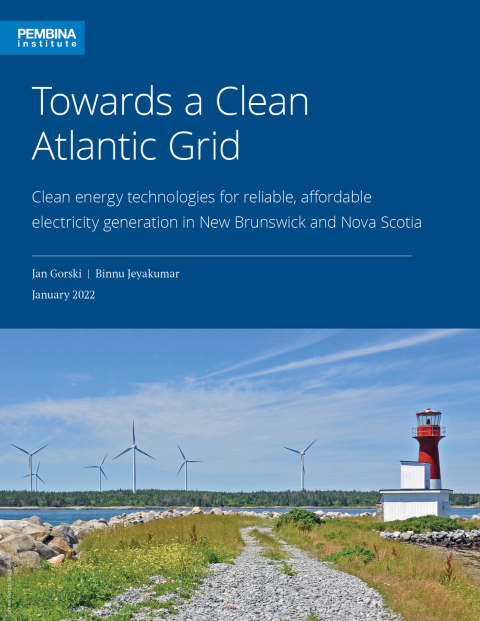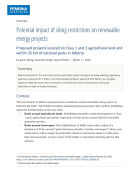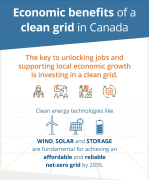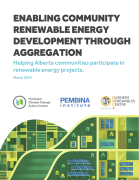Worldwide, the electricity sector is going through a profound shift as clean energy resources and technologies have now become cheaper than conventional sources of energy, coal-fired electricity plants are retiring, and citizens are demanding sources of energy with low (or no) greenhouse gas emissions. As more countries pledge to have a net-zero economy by 2050, there is an increased urgency to rapidly shift to low- or zero-carbon energy sources to supply the electricity grid so it can support electrification efforts in other economic sectors (e.g., electric vehicles). In fact, the International Energy Agency’s scenario modelling shows that developed countries need to achieve net-zero electricity grids by 2035 for the world to cost-effectively reach net-zero by 2050.
As grid operators, policy makers and utility managers consider how they respond to these trends, the key question facing them is: Can clean energy solutions deliver a reliable supply of electricity in an affordable manner?
In Canada this question is important as our federal government has committed to completing a nationwide phase-out of coal-fired electricity by the end of 2029 and achieving a net-zero grid by 2035, all while meeting new demand as homes and vehicles continue to electrify. Nova Scotia and New Brunswick are critical regions due to their reliance on coal power and increasing interest in expanding transmission lines between Atlantic provinces and Quebec to create a unified grid known as the “Atlantic Loop.”
In this study, we examined the cost of providing reliable electricity in New Brunswick and Nova Scotia using balanced mixes of clean energy technologies and resources (clean energy portfolios) compared against natural gas and nuclear power plants, which are currently proposed as the default replacement for coal. Clean energy portfolios included a mix of commercially available zero-carbon electricity supply and demand management options, including solar, wind, battery storage, energy efficiency, demand flexibility, and imported hydroelectricity. In all cases, we found that clean energy portfolios provide the same services as gas and nuclear power plants at a lower cost per unit of energy over the lifetime of the energy source, even without reliance on imported hydroelectricity (Figure 1).
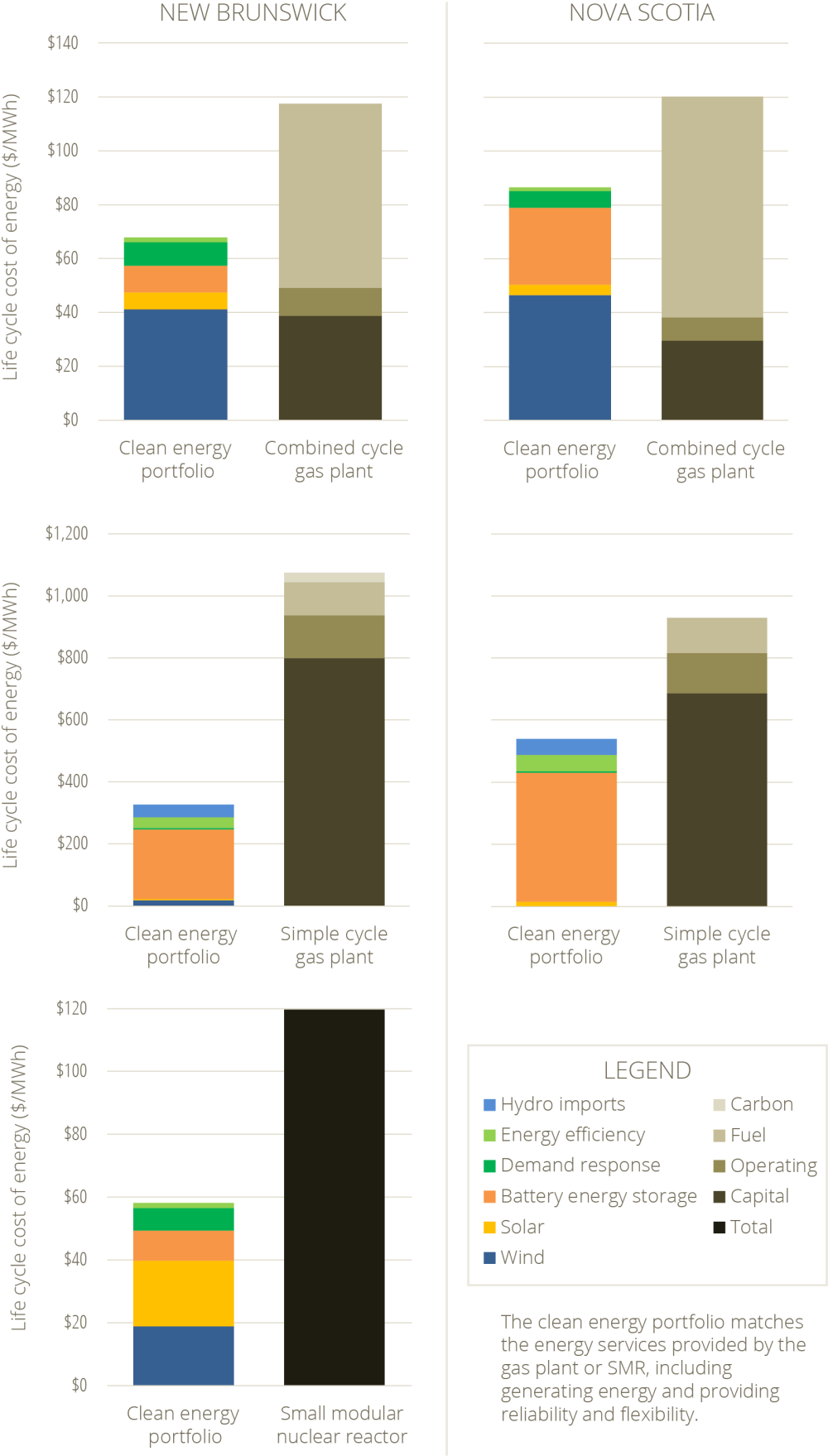
Figure 1. Cost of electricity generation from clean energy portfolios compared to natural gas plants and small modular nuclear reactors in New Brunswick and Nova Scotia.
In 2019, the Pembina Institute compared the economics of clean energy portfolios to those of new gas plants in Alberta and found the same results: clean energy portfolios were not only the most affordable, but also provided reliable energy services.
While gas plants may continue to play a role in the Atlantic electricity grid for many years, non-emitting clean energy portfolios can reduce consumer costs, as well as climate and health impacts. Along with providing affordable electricity, clean energy portfolios can offer employment and economic development opportunities for workers and communities that are affected by retirement of existing power plants. It is essential that investment in clean technologies is coupled with well-designed training and support programs that will enable Canadian workers to take advantage of the rapidly expanding global clean energy industry.
Momentum for clean electricity is on the rise. Clean energy technologies such as wind, solar, and battery storage have seen a dramatic drop in cost in recent years. At the same time, there is increasing recognition of the role of energy efficiency and demand flexibility in reducing overall demand and managing peak demand. And there is keen interest in expanding transmission lines to bring more hydroelectricity resources from Quebec and Newfoundland and Labrador into New Brunswick and Nova Scotia.
The investments we make in the next decade will have long term impacts, and any investment in power plants that generate emissions must be carefully evaluated. Clean energy resources including wind, solar, battery storage, energy efficiency, demand flexibility, hydroelectricity, and clean energy imports enabled by transmission interties will play a pivotal role in creating a Canada-wide net-zero grid that is clean, reliable and affordable.

